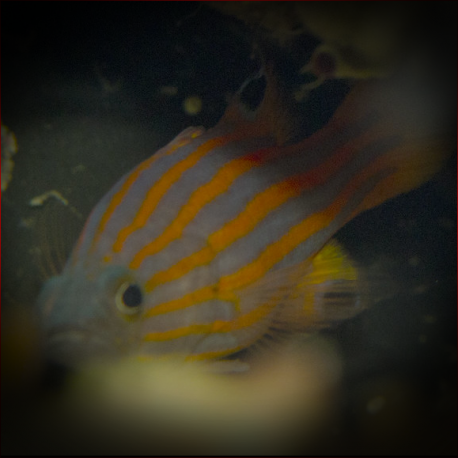More info
Datasheet
| Minimum Tank Size | 50 litres / 13.21 US gallons |
| Maximum Size | 5.0cm / 1.97inches |
| Reef Compatible | Always reef safe |
| Temperament | Docile but might be aggressive towards similar species |
| Temperature | 22.2°C / 71.96°F - 25.6°C / 78.08°F |
| Specific Gravity | 1.020-1.025 |
| Carbonate Hardness | 8-12 |
| pH | 8.1-8.4 |
General Description
The Swales' basslet, scientifically known as Liopropoma swalesi, belongs to the Serranidae family and is categorized under the subfamily Liopropomatinae. These reef basslets are among the smallest in their family, making them ideal for smaller aquarium setups. They have a docile temperament but can exhibit aggression towards similar species.
Aquarium Suitability
Considered suitable with care, Swales' basslets are best kept in very peaceful or single-species setups, such as nano aquariums. They thrive in dimly lit environments and require good hiding spots like live rocks in the tank. These secretive fish can coexist as a pair if introduced simultaneously.
Demands, Care, and Hardiness
With an average level of hardiness, these basslets are known for their docile nature and shyness. Care should be taken when housing them with more aggressive tank mates. They prefer a varied diet consisting of small crustaceans like krill and zooplankton such as Cyclops and pods. Dimming the lighting can encourage their visibility in the tank.
Reef Suitability
Swales' basslets are always reef safe, making them compatible with reef aquariums without posing a threat to corals or other invertebrates.
Aquarium Setup
For an optimal aquarium setup, it is recommended to provide hiding places among live rocks, ensuring the basslets have space to retreat and acclimate comfortably. Maintaining a tank size of at least 50 liters, along with suitable water conditions—pH of 8.1-8.4, temperature between 22.2-25.6°C, and salinity of 1.020-1.025—is crucial for their well-being.
Behaviour
Initially, Swales' basslets tend to hide to acclimate to their new environment. They are not very active in the water column but may become more visible as they settle in their surroundings. These fish are known to be jumpers, so a secure lid is essential to prevent them from escaping.
Feeding and Diet
To meet their dietary needs, these basslets should be offered a mix of larger crustaceans like shrimp and crabs, along with zooplankton varieties including mysis and artemia. Their feeding habits contribute to their overall health and vitality.
Habitat and Distribution
In the wild, Swales' basslets are found in the Western Pacific region, particularly in areas such as Vanuatu, the Philippines, Indonesia, New Britain, and Papua New Guinea. Their natural habitat includes deep waters, which can influence their behavior and preferences in an aquarium setting.

